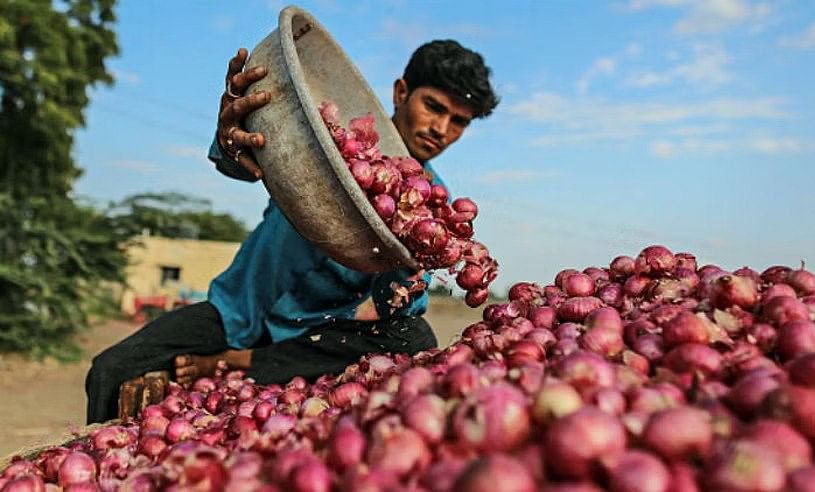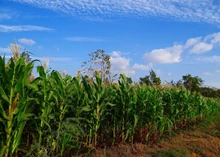
"This year's kharif onion production is higher. Inter-state trade, on the other hand, has been sluggish," said Yogesh Thorat, Chairman of Maharashtra Farmers Producer Company Ltd.
"Onion production is up this year in every state except Maharashtra, Gujarat, Madhya Pradesh, Karnataka, and Uttar Pradesh," said M Madan Prakash, President of the Agri Commodities Exporters Association (ACEA). "There is an influx of visitors. Furthermore, demand in Maharashtra is lower because production in other states such as West Bengal and Madhya Pradesh is higher," said Ajith Shah, President of the Horticulture Produce Exporters Association (HCEA).
"Demand in Maharashtra is low due to a higher crop in other states." Prices are lower than manufacturing costs, which is cause for concern," said Vikas Chaudhary, a Nashik-based onion trader-cum-exporter.
At the Lasalgoan Agricultural Produce Marketing Committee (APMC) yard, Asia's largest onion market, the modal price (rates at which most deals take place) of onion is currently Rs 675-700 per quintal. The price has increased from Rs 2,480 a year ago to Rs 3,801 in 2021. Prices were higher even in 2020, at Rs 2,020.
The current onion pricing trend is most likely a vindication of the Centre's goal of pushing 'non-traditional' States to cultivate the horticulture crop more. It was envisioned as a tool to protect exports from ad hoc measures such as a sudden ban on exports. The Centre banned onion exports in 2020 and 2021 after retail prices climbed to Rs 100 per kg due to unseasonal rainfall.
"Other states' production is increasing. Despite the fact that rabi arrivals are a month away, the Kharif crop is still arriving," Thorat stated. Rabi production is also expected to be strong. Since 2019, the Centre has been attempting to create a surplus of onions in the country by extending agricultural areas in non-traditional states. According to the Centre, such a move would assure price stability throughout the year.
Madhya Pradesh was the main aim for growing onion production, but Uttar Pradesh has been a pleasant surprise, with arrivals increasing dramatically in recent years. (see table for arrivals this month). Gujarat has also raised its output.
"There is less interest in purchasing Kharif onion because its shelf life is limited." "Rabi onion can last longer," Chaudhary explained. Because of the current low price, export demand for onion has increased from Gulf countries, Malaysia, and Sri Lanka. "We've become more competitive now, with standard-size onions selling for $250-260 per tonne," said Prakash of ACEA. Pickles and little onions are also in high demand from nations such as Malaysia, which pays $180 for them. "Another factor boosting exports is lower freight rates," he says.
"Our export problem is that the ban in 2020 and 2021 has forced importing nations to start growing onion." Bangladesh, for example, purchased 30,000-40,000 tonnes every year. "This has now been reduced to 15,000-20,000 tonnes," said Shah of HCEA.
However, demand from Gulf countries, Iraq, and Sri Lanka is strong, he noted. Chaudhary agreed with the viewpoint. While figures on onion production for the current crop year are pending, production in 2021-22 grew to 31.7 million tonnes from 31.13 million tonnes in 2020-21. Despite a decrease in crop area to 22 lakh hectares from 22.08 lakh hectares, production increased.











